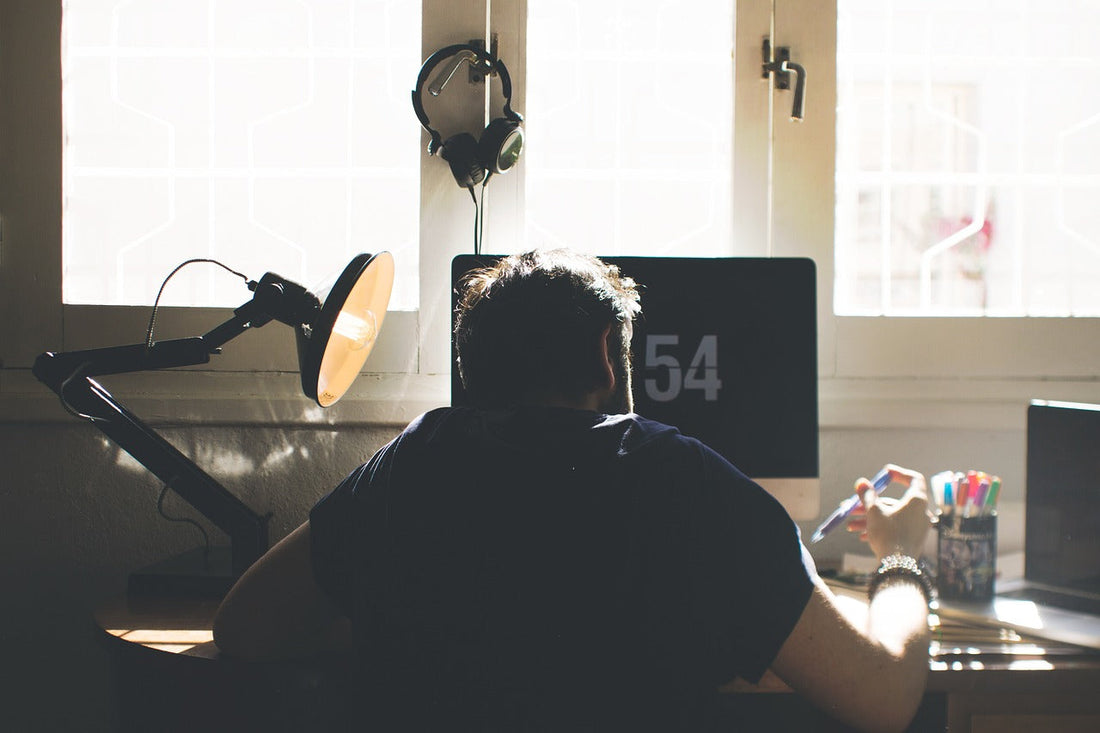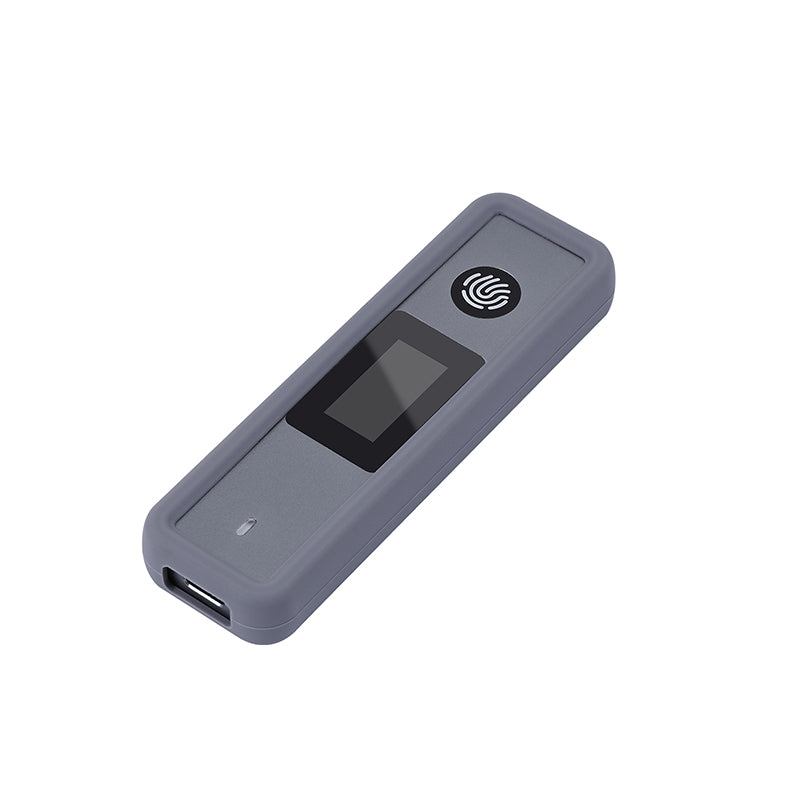
Share
Working or gaming in a Caribbean climate without air conditioning? High heat and humidity can silently throttle your devices. From laptops and SSDs to routers and smartphones, this guide shares hands-on cooling tips to keep your electronics safe and performant in tropical conditions.
Why Overheating Is a Real Threat in Hot Climates 🚩
In places like Barbados, temperatures hover around 29–32 °C (84–90 °F), and relative humidity often exceeds 75%, making cooling a constant challenge. Electronic devices are typically engineered for mild indoor environments—not rooms with long sun exposure or minimal ventilation. That mismatch leads to thermal throttling (slower performance), unexpected shutdowns, reduced hardware lifespan, and increased wear on internal components.
Devices Most Prone to Heat Damage
Laptops & SSDs, especially NVMe models, suffer from heat buildup during sustained workloads.
Wi-Fi routers and modems often live in enclosed cabinets, trapping hot air.
Game consoles (e.g., PS5/Xbox) can overheat when run in tight entertainment centers.
Portable storage gear—external drives or hubs—often lack active cooling.
Smartphones and tablets, especially during long video calls or recording sessions in direct sunlight.
Smart and Practical Cooling Tactics (With No AC)
Optimize Your Workspace
Keep devices away from direct sunlight and heat sources like windows.
Avoid running heavy workloads (video editing, file transfers, gaming) between 12:00 PM and 3:00 PM.
Position laptops and hubs with open airflow underneath—not against walls or soft surfaces.
Elevate devices with stands or even books to boost natural ventilation.
Use Cooling Accessories
Plug in a USB-powered fan to blow air over vents.
Invest in a metal cooling pad or ventilated stand to dissipate heat more effectively.
Use passive heatsinks or fins on SSDs—aluminum enclosures help absorb and disperse heat.
Avoid opaque plastic cases; instead choose well-ventilated, heat-conductive materials.
Monitoring & Preventing Thermal Throttling
Install tools like HWMonitor, CrystalDiskInfo, or iStat Menus (Mac) to track temperatures.
Set your cooldown thresholds:
- Laptop CPU/GPU: Maintain temps below 85 °C
- SSD operational temps: Keep under 65 °C
If temperatures rack up, try reducing brightness, closing background apps, or temporarily lowering fan curves.
Cooling Techniques for Laptops
- Place laptops on hard, flat surfaces—avoid beds, lap desks, or thick fabric.
- Clean internal fans and vents every 3–4 months using canned air or soft brushes.
- Use power-saving profiles for light workloads; toggle to higher performance modes only when needed.
- Elevate the laptop by at least 1.5 cm to allow warm air to escape from the bottom.
- Never operate directly on soft surfaces like beds or couches—they trap heat.
SSD & External Storage Heat Management
- Avoid heavy file transfers during midday. Schedule backups and exports during cooler hours.
- Use aluminum NVMe enclosures, or ones with built-in cooling fans or heat-dissipating pads.
- Remove external drives once tasks finish to prevent heat accumulation.
- Keep firmware updated—seek models whose releases include thermal performance improvements.
Cooling Tips for Always-On Devices
- Don’t stow routers or modems in sealed cabinets—opt instead for elevated, ventilated locations.
- Fan-driven scripting or small fans nearby can reduce temperatures for hubs or mini PCs.
- Ensure there’s at least 5–10 cm clearance around device vents to avoid thermal buildup.
Timing Is Your Friend
- Plan heavy tasks for early morning or late evening sessions.
- Use ambient light scheduling to prevent devices from overheating under built-in room lamps or direct sun.
- Enable automatic rest cycles—e.g., after four hours of use, shut down for one hour to let devices cool.
Takeaway & Quick Maintenance Checklist
|
What to Do |
Why |
|
Clean vents every few months |
Keeps airflow optimized |
|
Elevate devices to let hot air escape |
Prevents trapped heat |
|
Use metal or ventilated pads/hubs |
Speeds natural cooling |
|
Monitor your temperatures with tools |
Spot heat issues early |
|
Avoid midday heavy usage |
Lowers risk of thermal shutdown |
|
Choose cooling-friendly gear (metal cases, heat sinks) |
Boosts temperature control |
Why It All Matters
Heat won’t just slow your computer—it silently ages it. SSDs experience write errors and lifetime reduction when driven above 70 °C frequently. Similarly, laptop batteries degrade more quickly, and internal components may suffer after repeated thermal cycling.
These solutions require minimal investment—a stand, a fan, or a metal pad—but offer long-term peace of mind and reliable performance.
Final Words
You don’t need air conditioning to protect your tech in Barbados or other tropical zones. With smart airflow, well-timed usage, thoughtful accessory choices, and temperature monitoring, you can stay productive—whether you're working remotely, gaming, or streaming.
Stay cool, and let your devices keep up with you—even in tropical heat.

